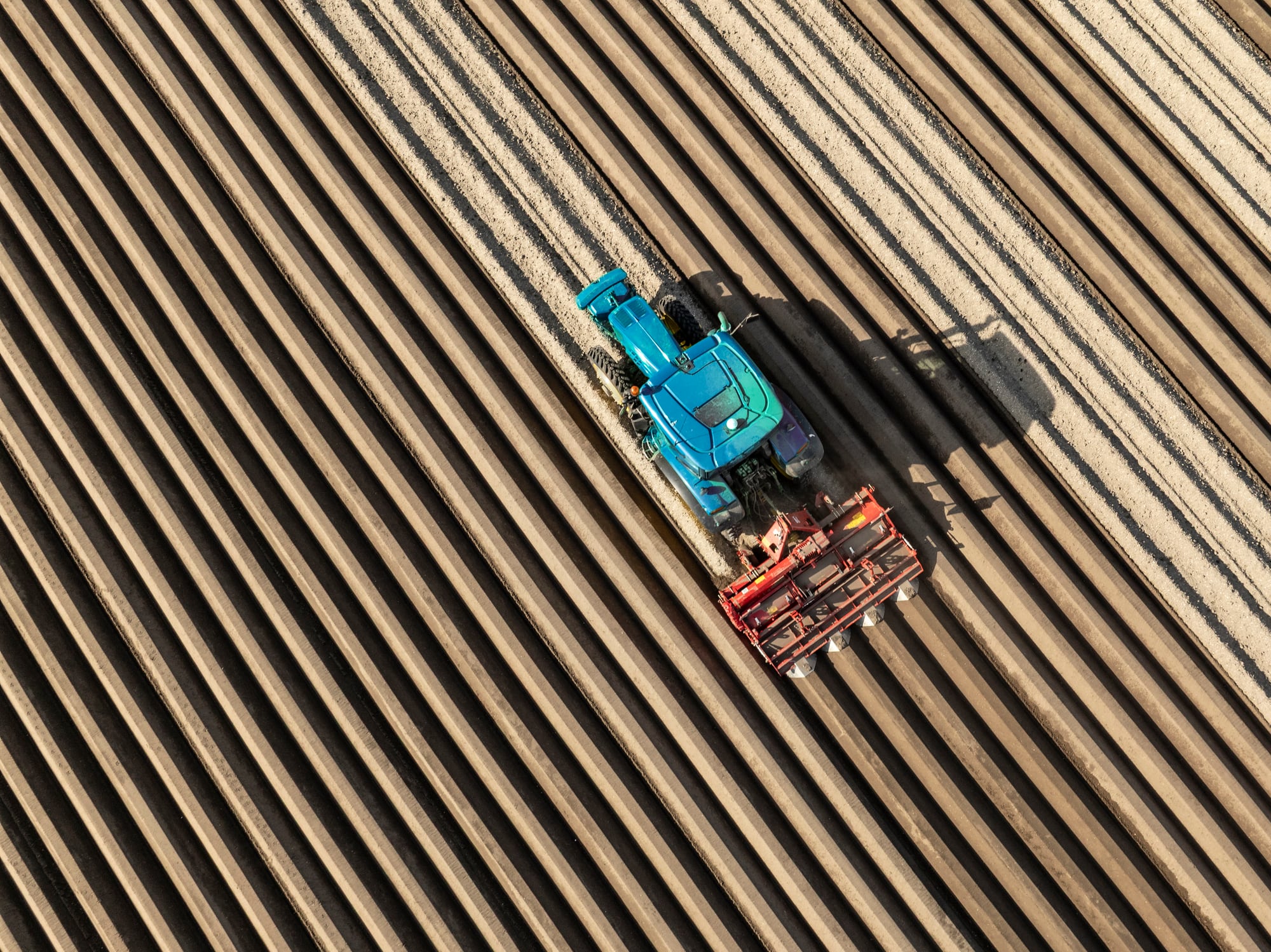The current structure of Europe’s soil carbon markets is fundamentally misaligned with the goals and realities of regenerative farming, the thinktank’s new position paper argued.
Both voluntary and compliance carbon markets are primarily designed for ‘easily standardized, short-term, and isolated intervention’s, it said. But these markets struggle to capture the ‘complex, interconnected, and long-term ecosystem outcomes’ central to regenerative agriculture.
The models and methodologies used for soil carbon accounting often overlook ‘critical ecosystem dynamics’, such as the role of root exudates and subsurface biological activity. Measurement is further complicated by natural variability – soil carbon levels can fluctuate due to weather, making annual carbon quantification both ‘unreliable and bureaucratic’.
By focusing on carbon credits as the main product, the broader ecological and social benefits of regenerative agriculture – such as improved water retention, biodiversity, and farmer resilience – are neglected. The attempt to monetize carbon in isolation leads to ‘fragmented and often counterproductive interventions’.
The report signatories said, “The European Union stands at a critical juncture regarding its agricultural sector. A fundamental transition towards regenerative models is urgently needed to address environmental degradation, climate instability, and food security risks, while simultaneously improving resilience, restoring water cycles, critical biodiversity, and developing autonomy from external inputs.”
Signatories to the paper – including Climate Farmers CEO & co-founder Ivo Degn; LandPrint CEO Daniele Cesano; Terra Madre co-founder Fernando Moyano; and Bill Hurditch from Macdoch Ag Group – want the soil carbon market to become more accessible for smaller-scale regenerative producers.
Climate Farmers gives six redesign recommendations:
- Shift from linear, single-metric quantification to outcome-based metrics that reflect the full ecological complexity of regenerative systems
- Implement tiered and proportional MRV systems that reduce administrative burdens for smaller and diversified farms
- Reform additionality rules to reward continuous improvement and early adoption
- Update livestock accounting frameworks to differentiate between industrial and regenerative systems
- Restructure financial models to deliver earlier payments and share risk more equitably with farmers
- Restore farmer agency through decentralized, context-aware tools that support land stewardship rather than commodified carbon supply
Smaller farms ‘neglected’
In the way they are currently designed, carbon markets “serve a powerful, relatively wealthy minority of farms,” complained Climate Farmers CEO & co-founder Ivo Degn.
These farms are “large, undiversified and industrial enough to fit into the requirements of project developers, auditors, registries and buyers,” he told AgTechNavigator. But due to the various layers of verification necessary and the intense scrutiny, any other farm will be discarded, due to lack of evidence, too much diversification, insufficient economy of scale, or lack of digitisation, he said.
“Those farms which deliver the majority of ecosystem services and produce the majority of food will remain outside of carbon markets. Also there is a threshold of diversification of the farm which carbon markets cannot entertain currently.
“Thereby, in their current design, carbon markets will incentivise very early diversification – from single crop and heavy tillage – to minimal diversification via no-till and cover cropping but will disincentivise the needed further diversification such as multi-crops and integration of agroforestry and livestock.”




